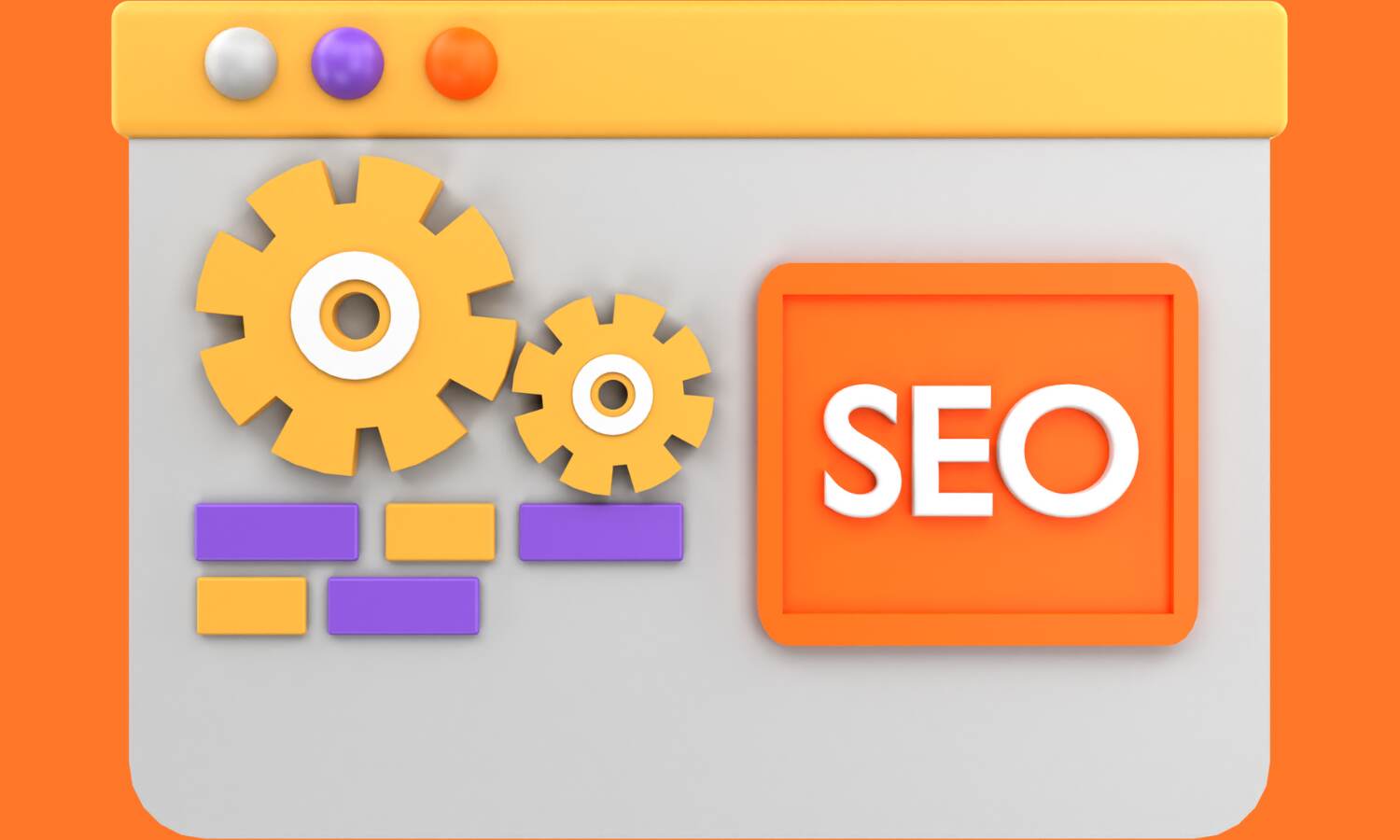



9 Technical SEO Issues That Really Matter
Technical SEO issues are aspects of a website's technical setup and structure that can impact its search engine...
In this article, we'll look at how to identify and resolve technical SEO issues that can seriously harm your rankings.
1. Indexability Problems
The ability of a webpage to be indexed by search engines is referred to as indexability. Pages that are not indexable will not appear in search engine results pages and will not receive any search traffic.
For a page to be indexable, three conditions must be met:
- Crawlability is required for the page. If you haven't blocked Googlebot from entering the page robots.txt, or if your website has fewer than 1,000 pages, you're probably fine.
- A no-index tag must not be present on the page (more on that in a bit).
- The page should be canonical (i.e., the main version).
2. Problems with the Sitemap
Only pages that you want search engines to index should be included in a sitemap.
When a sitemap isn't regularly updated or an untrustworthy generator is used to create it, it may begin to show broken pages, pages that have been "noindexed," pages that have been de-canonicalized, or pages that have been blocked in robots.txt.
3. HTTPS Problems
Google employs HTTPS encryption as a minor ranking factor. This means that if your website is not secured with an SSL or TLS certificate, you may experience lower rankings.
Even if you do, some of your pages and/or resources may still use the HTTP protocol.
4. Content Duplication
Duplicate content occurs when the same or nearly identical content appears on the web in more than one location.
It is detrimental to SEO for two reasons: it can cause undesirable URLs to appear in search results and it can dilute link equity.
Content duplication does not always involve the intentional or unintentional creation of similar pages. Other, less obvious causes include faceted navigation, tracking parameters in URLs, and the use of trailing and non-trailing slashes.
5. Broken Pages
Pages that cannot be found (4XX errors) or pages that return server errors (5XX errors) will not be indexed by Google and will not bring you traffic.
Furthermore, if broken pages have backlinks to them, all of that link equity is lost.
Broken pages are also a waste of crawl budget, so keep an eye out for them on larger websites.
6. Broken Links
If you've already dealt with broken pages, you've probably resolved the majority of broken link issues.
Other critical issues concerning links include:
- Orphan Pages - These are the pages that do not have any internal links. Web crawlers can only access those pages through sitemaps or backlinks, and no link equity flows to them from other pages on your site. Finally, users will not be able to access this page through the site navigation.
- HTTPS pages that connect to internal HTTP pages - If a user clicks on an internal link on your website that leads to an HTTP URL, web browsers will most likely display a warning about a non-secure page. This can harm your website's overall authority and user experience.
7. Problems with Mobile Experience
A mobile-friendly website is essential for SEO. For two reasons:
- Google indexes mobile-first - It primarily indexes and ranks mobile pages based on their content.
- Page Experience signals include mobile experience - While Google allegedly always "promotes" the page with the best content, page experience can be a deciding factor for pages with similar quality content.
8. Issues with Performance and Stability
Other Page Experience signals used by Google to rank pages include performance and visual stability.
Core Web Vitals are a set of metrics developed by Google to measure user experience (CWV). These metrics can be used by site owners and SEOs to see how Google perceives their website's UX.
While page experience can be used to determine ranking, CWV is not a race. It is not necessary to have the fastest website on the internet. All you need to do is get "good" in all three categories: loading, interactivity, and visual stability.
9. Inadequate Website Structure
In the context of technical SEO, bad website structure primarily refers to having important organic pages buried too deeply within the website structure.
Pages that are too deeply nested (i.e., require more than six clicks from the website to reach them) will receive less link equity from your homepage (likely the page with the most backlinks), potentially affecting their rankings. This is because the value of a link decreases with each link "hop."
Last Thoughts
When you've resolved the more pressing issues, go a little deeper to keep your site in top SEO shape. Open Site Audit and navigate to the All issues report to see additional on-page SEO, image optimization, redirects, localization, and other issues. In each case, you'll find instructions for dealing with the problem.
Hocalwire CMS handles the technical parts of keeping Large Sitemap, Indexing pages for Google, Optimizing page load times, Maintaining assets and file systems, and Warning for broken links and pages while you handle all these non-technical components of SEO for Enterprise sites. If you're searching for an enterprise-grade content management system, these are significant value adds. To learn more, Get a Free Demo of Hocalwire CMS.

